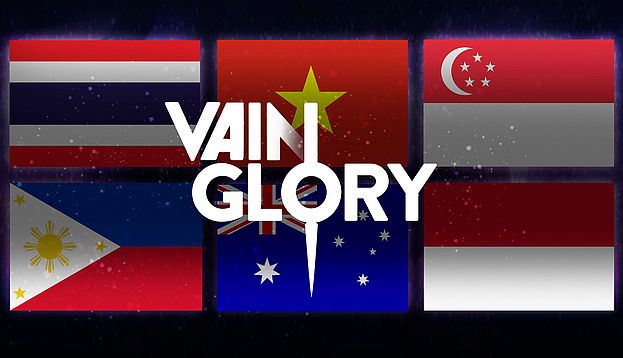China has a big market when it comes to mobile video games, but it’s not the only country making waves in the overall Southeast Asian market.
VentureBeat has reported that countries in the region are estimated to total $784.4 million in gaming revenues for the year, according to Niko Partners. The countries within the region include Vietnam, Thailand, Singapore, the Philippines, Malaysia and Indonesia – proving that big business isn’t just coming from China.
Niko believes that Indonesia, Thailand and Vietnam are the most effective in terms of game sales, leaving their mark just as much as larger Asian countries. “The Southeast Asian [SEA] games market is often compared to that of China,” said Niko managing partner and regional analyst Lisa Cosmas Hanson. “And we can see that it is following behind China by a few years. Gamers in SEA embrace massively online battle arena [MOBA] games, shooters, and mobile games, just as they do in China. However, older Chinese gamers still embrace higher revenue generating MMORPGs, a segment that many SEA gamers shy away from.”
Developers and regional game distributors work hand-in-hand to get these products out in these countries, with such companies as Garena and MOL developing devoted audiences that keep coming back for more. EVN US companies are getting into the act, with Super Evil Megacorp launching its Vainglory mobile MOBA in Southeast Asia first.
The idea has paid off, as Niko believes that only seven percent of hardcore PC gamers in the region don’t play mobile games, leaving a huge 93 percent that do. That’s a huge change of pace from the 25 percent stating they don’t play them from last year.
As far as a future outlook, Hanson believes that Indonesia will have the biggest impact in revenues over the next five years, while Vietnam will see a bigger growth in gamers. However, developers and distributors need to make sure their strategies stay on point, especially when it comes to a reliance on “free-to-play” content.
“The challenge to developers is to compel an increase in the level of spending on the type of games for which Southeast Asians have shown enthusiasm,” concluded Hanson.

